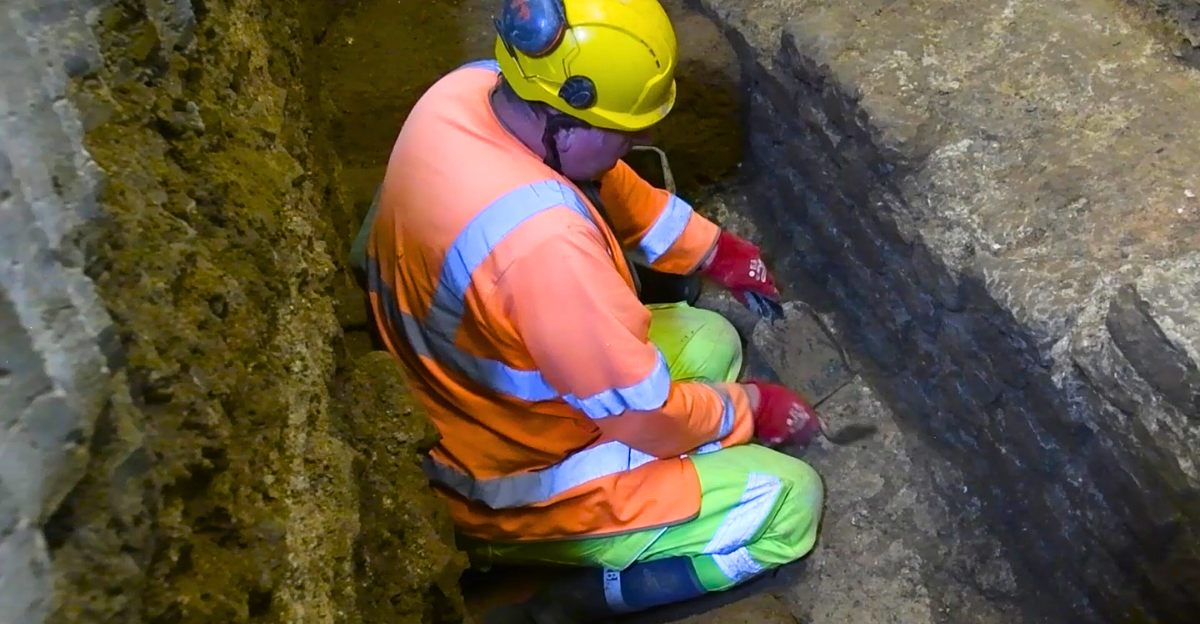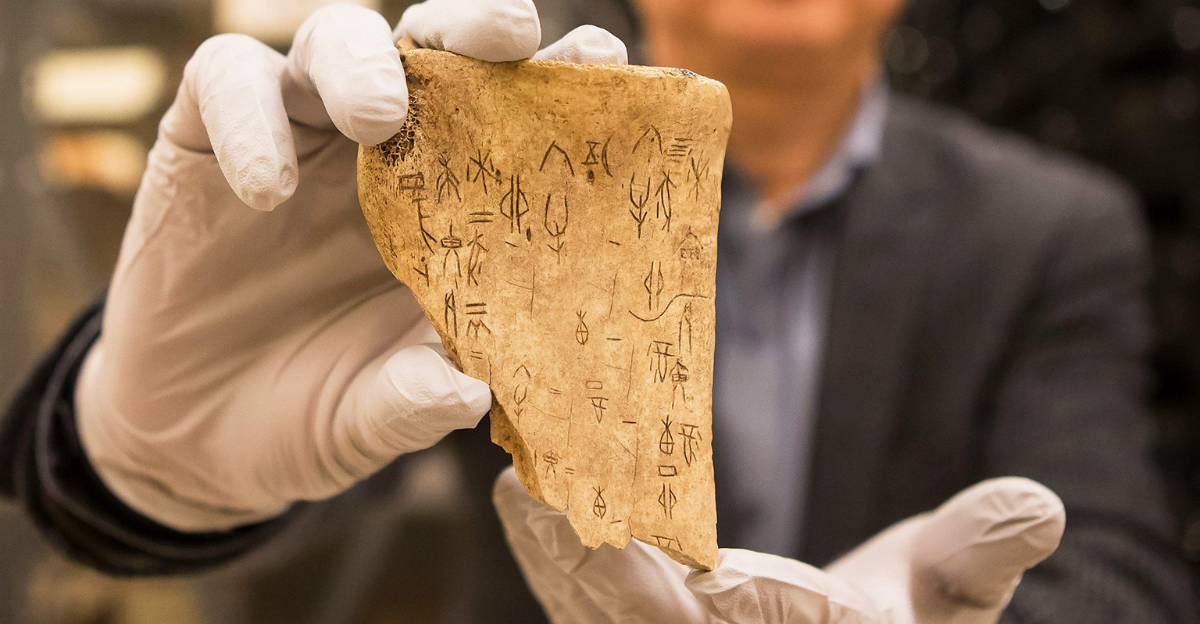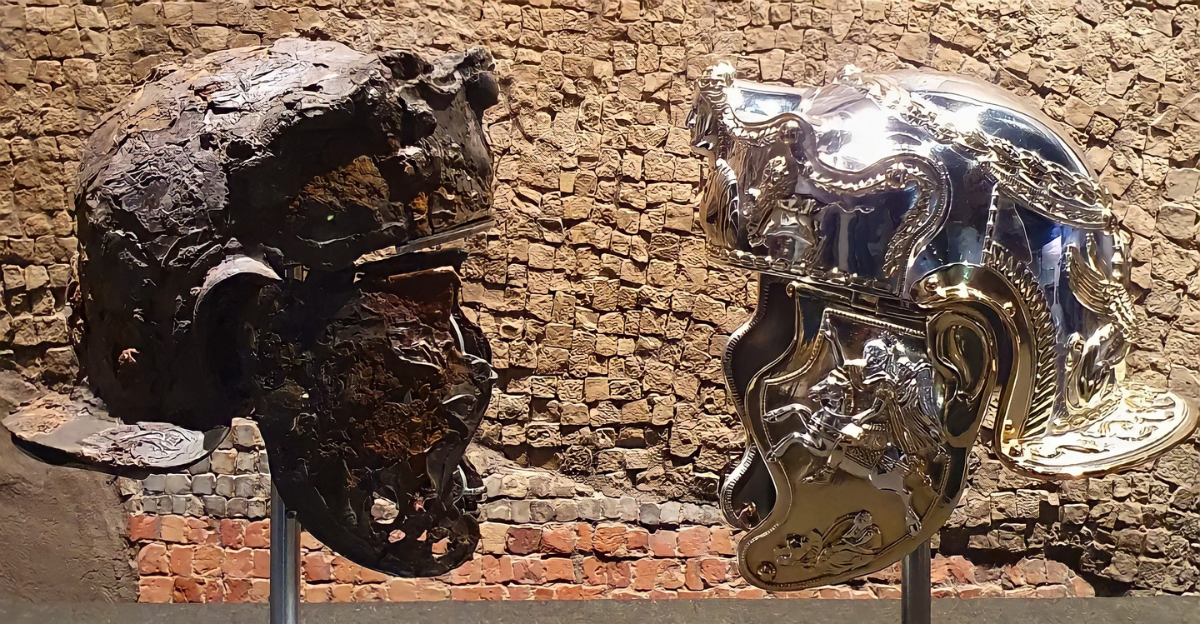
Our ancestors, the ancient Neanderthals, existed around 430,000 to 40,000 years ago but sadly went extinct. New evidence discovered in France points to a prominent reason why this species was doomed to extinction and also helps to point out that they were not nearly as sociable as we previously thought. Humanity has come a long way over the course of those 430,000 years, but now we have a good indication of why homo sapiens wound up being more successful than Neanderthals. Let’s examine.
The Discovery

Back in 2015, on the banks of the River Rhône in the south of France, archaeologists made an amazing discovery of an ancient Neanderthal in a cave. The cave, known as Grotte Mandrin, was filled with limestone which helped to perfectly preserve the skeletal remains of the Neanderthal, making it a perfect specimen for analysis. Since the find, scientists have dubbed the skeleton ‘Thorin’, after the character from Lord of the Rings.
What They Found

The dig for Thorin is still actively underway. Scientists are incredibly careful when excavating the site, as they fear damaging the remains by accident if they aren’t. The first thing discovered at the site was a well-preserved jawbone. After that, scientists uncovered more and more of the skeleton including teeth and other bones. Thorin has given archaeologists remarkable clarity and data into understanding our ancient ancestors, but also about how they functioned as a species.
New Understandings

The discovery of Thorin was indeed remarkable. However, it’s what the scientists found by analyzing the specimen that really helped to reveal a greater picture of ancient Neanderthals that we had previously misunderstood about these extinct versions of ourselves. One of the most startling discoveries was the fact that Thorin’s remains suggested that Neanderthals weren’t as social and interconnected as we liked to think they were. The understanding has turned ancient anthropology on its head!
Isolated Tribes

The study of Thorin shows that Neanderthals didn’t exist in a broad, connected community like we once thought they did. In fact, it is now believed that they instead existed in various groups of smaller, more isolated tribes. These tribes tended to avoid one another, even if they lived in relatively close proximity to one another. There wasn’t really much in terms of trade, story sharing, or even shared meals. Scientists also claim that by studying Thorin’s genetic makeup, they can identify that his tribes gene pool was small. Very small.
Small Gene Pool

Thorin’s tribe is a good indication that ancient Neanderthal tribes stayed isolated for long periods of time. In fact, they could stick to their own gene pool for hundreds of millennia at a time, or hundreds of thousands of years. Obviously, ancient Neanderthals didn’t understand anything about how genes work, so they tended to favor sticking to procreating with members of their immediate tribes, rather than branching out to other tribes and getting healthy, diversified genes into their offspring.
Major Threat of Extinction

Based on the fact that scientists now understand the limitations in terms of the Neanderthal gene pool, they predict that inbreeding likely led to the downfall of the species far and wide. Due to having weakened genes, scientists believe that Neanderthals were highly likely to be born with deformations and health issues. The main problem with having a limited gene pool is that it causes the immune system to become weaker and malformed, which means Neanderthals probably suffered severely from ancient diseases.
Distant Cousin

Another interesting find on the coast of Gibraltar linked a distant cousin of Thorin. Archaeologists found the remains of another Neanderthal that had a very similar genetic pattern to Thorin and actually matched with him quite closely. The finding is interesting in that it shows that there’s a high likelihood that Thorin’s ancestors migrated. However, other evidence suggests that even though they migrated, they still didn’t interact much with other tribes, as they also showed signs of having a limited array of genes.
Sharing Caves

While scientists now believe that ancient Neanderthals rarely interacted with one another, evidence of a variety of different tribes found in the Grotte Mandrin cave suggests that they weren’t opposed to sharing prime locations or spots for setting up homes. Obviously, this would largely happen once one tribe had moved on from the location, but the evidence shows a strange form of detached ‘interconnectedness’ that linked these tribes. Distant from one another, yet always close by.
Overly Cautious

Thorin has given archaeologists a new understanding of the temperament of these ancient Neanderthals. In general, they were more cautious and tended to avoid contact with other tribes. This meant that there were likely fewer conflicts than we previously thought between tribes, and the idea of one tribe dominating or ruling a particular area was something that our ancient ancestors did not have in their lexicon. They were scavengers and hunters, but always on the move.
Missed Innovation

Evidence from Thorin’s tools also suggests that they missed a lot of the other innovations that other tribes may have stumbled upon or developed. Due to the fact that these tribes hardly interacted with one another, the likelihood that technology or information would have spread between them is very rare. This means that one tribe could fall drastically behind another for countless decades or even centuries before catching up, sometimes never at all.
Lessons Learned

The discovery of Thorin helps to show anthropologists that our interconnectivity was likely one of our biggest strengths. It shows that diversity, hybridization, and fluidity between cultures (tribes) are important ways for societies to stay strong and adapt to the ongoing changes that evolution poses for our species. Cultures that tend to lock themselves away from the rest of the world, or at least other cultures, don’t tend to fare so well in the long run. If you liked this article, feel free to check out our site for more!






